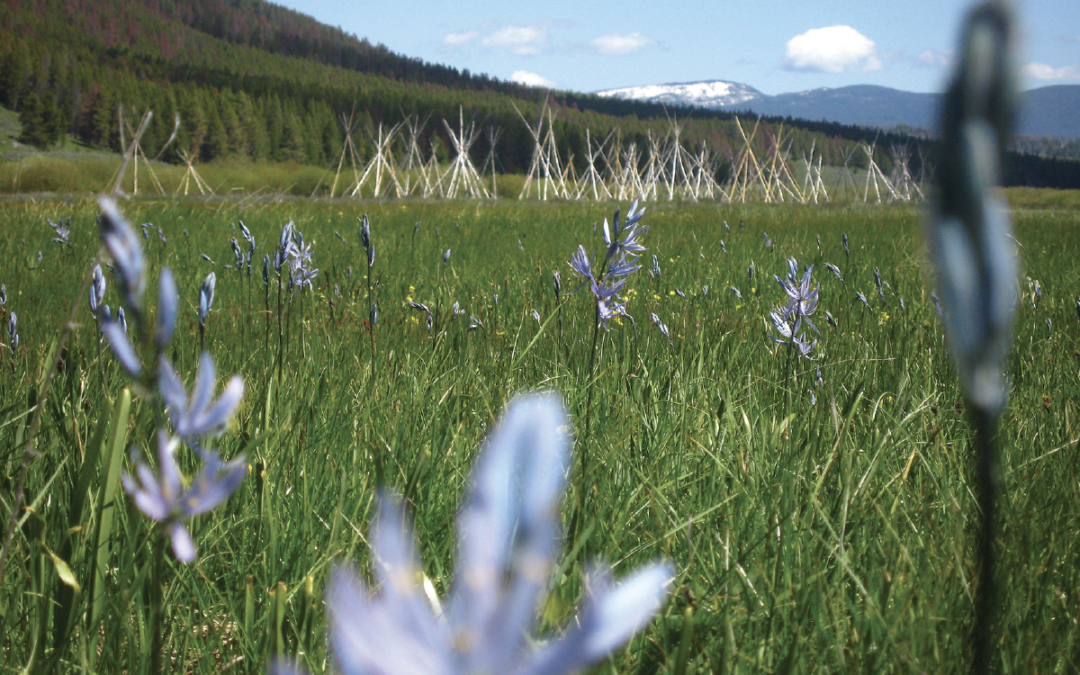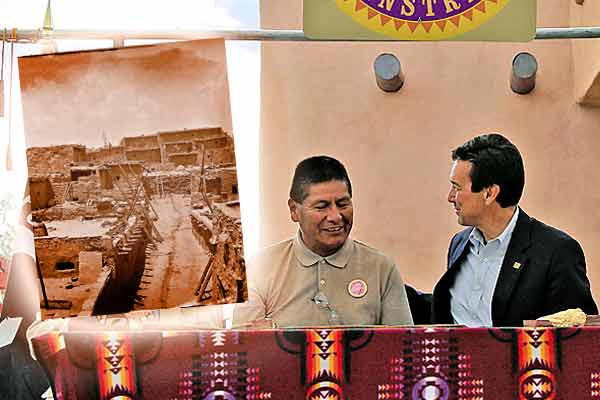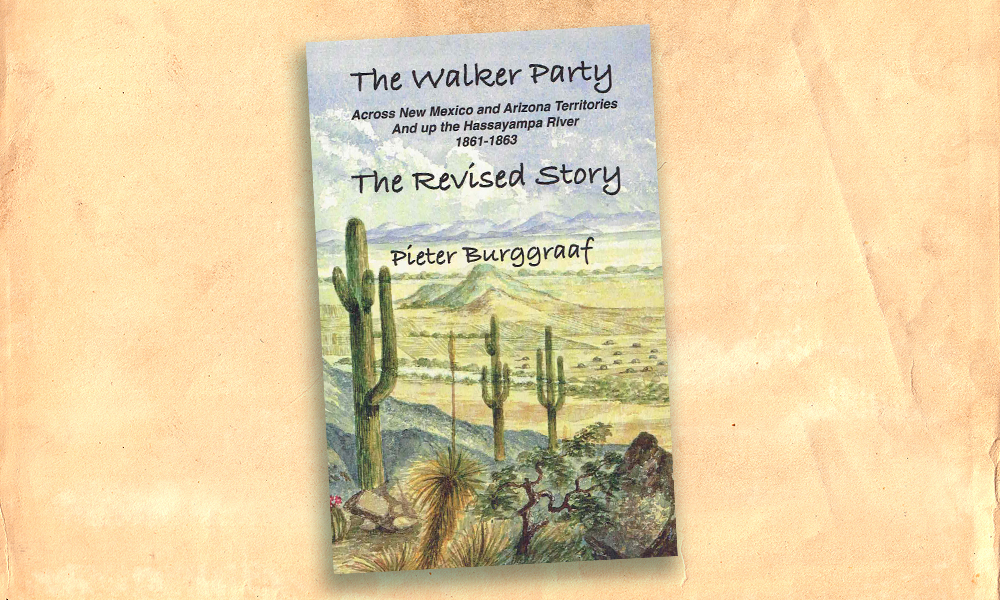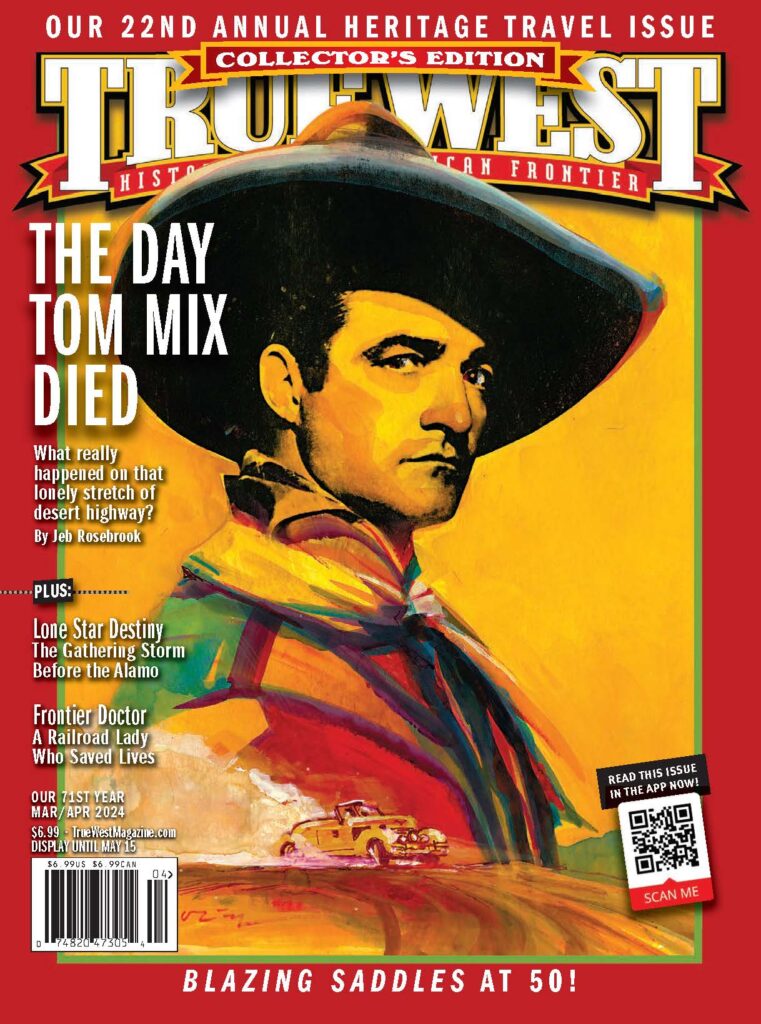Discover the Treasure State along its historic highway of history.
In Big Sky Country, north-western Montana may contain the ice-capped splendor of the “Crown of the Continent” in Glacier National Park, while northeastern Montana has the grandeur of the Missouri River Breaks—but the 600-mile swath across all of southern Montana is the Main Street of Montana History.
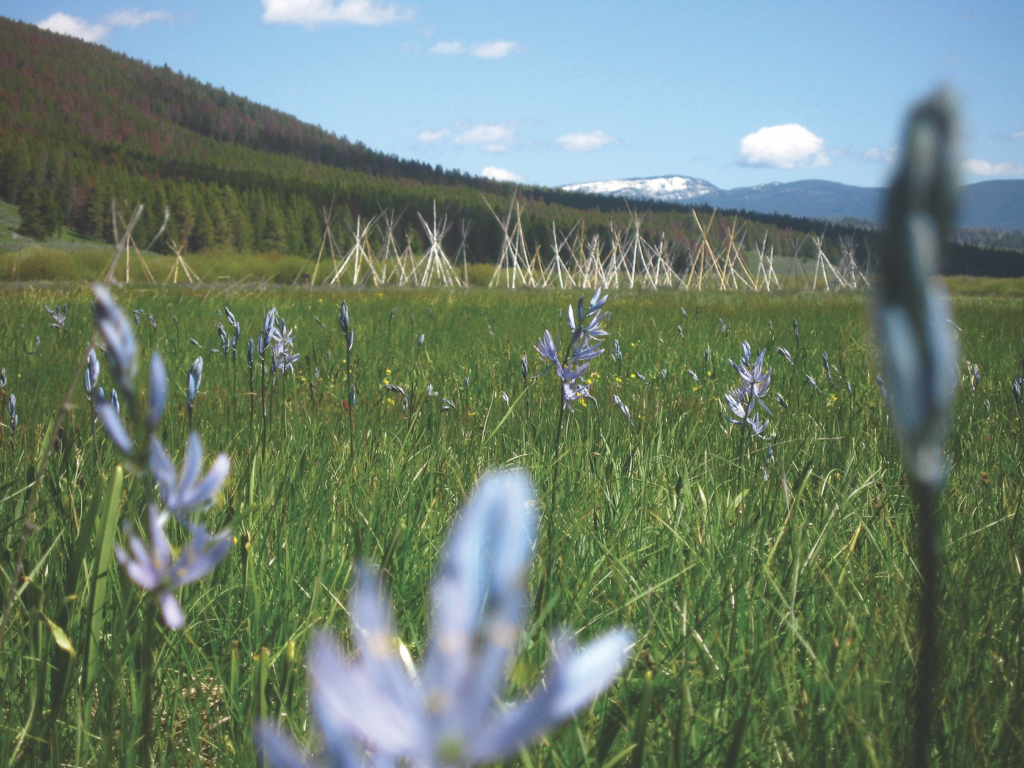
Wisdom, Montana
Courtesy NPS.gov
This “street” is actually many roads, a scattering of roots and branches that sink deep into the past, but which also reach fresh leaves into the present. The trunk road is I-90, running from Idaho to Billings, and continuing on I-94 to North Dakota. Much of the eastern half parallels the Yellowstone River, itself an important icon of Montana history.
Unfolding our road map, we begin on the left, departing I-90 to head south on U.S. 93 along the Bitterroot River to Lolo and Traveler’s Rest State Park. The “travelers” were Lewis and Clark, and this is one of only two places where their exact precise position is confirmed. The other is Pompeys Pillar National Monument, also in Montana and described below. Their expedition rested at Traveler’s Rest in 1805 before heading west across the Bitterroot Mountains, and again eastbound in 1806. Fact: Lewis and Clark spent more time traveling, and covered more miles, under the Big Sky than in any other state.
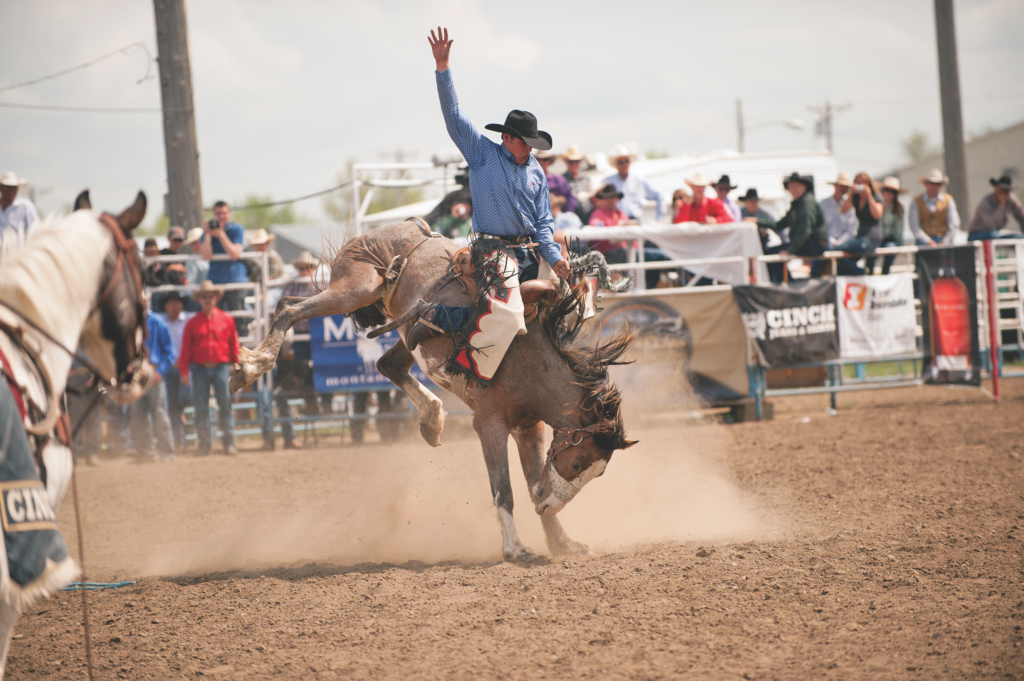
Miles City, Montana
All Images by Donnie Sexton, Courtesy Montana Office of Tourism and Business Development Unless Otherwise Noted
Historic Southwest
Continuing south on U.S. 93 for 85 miles, we cross the Continental Divide and head east on MT 43 for 16 miles to the Big Hole National Battlefield. Here, on August 9-10, 1877, the U.S. Army tried—and failed—to stop about 750 Nez Perce people (civilians and warriors). The U.S. government had promised the Nez Perce that they would be secure in their traditional homeland in Oregon, but settlers had crowded in. Led by the legendary Chief Joseph, they decided to seek asylum in Canada. The U.S. Army lost a series of battles before finally halting their progress in northern Montana after a 1,200-mile pursuit. One can walk the battlefield and visit an excellent interpretive museum.
Eastbound on MT 43 and Secondary S 278, a drive of 60 miles takes today’s traveler to Bannack State Park. Now officially a “ghost town,” Bannack was once a gold rush boomtown that served for nine months in 1864-65 as Montana’s first Territorial Capital. The notorious Henry Plummer, the sheriff who moonlighted as a bandit gang leader, was active here until he ran afoul of the Vigilantes. Period buildings still exist, and many can be visited. Tours are led from the visitor center during summer months, and Bannack Days, with reenactments and other activities takes place in July.
From Bannack, we head east and north on S 278, MT 41 and MT 278, deeper into the early gold rush history of Montana. Dillon, now a substantial college town, grew out of a series of gold and silver rushes that continued for around 80 years from 1862. Today, Twin Bridges is world famous as the place where the R. L. Winston Rod Company manufactures its legendary fly rods. This is a reminder that gold rush Montana is part of a historic timeline that includes the region’s current status as one of the best places for fly fishing in the country.
Virginia City, Montana’s territorial capital from 1865 to 1875, was founded in 1863 after a gold strike that swelled the population to 10,000 by 1865. As the boom faded, Virginia City withered, but interest in restoration spawned the Virginia City Historic District in 1966. Today, there are many 1860s buildings to visit, including Stonewall Hall, which housed the Territorial Legislature from 1865 to 1875. Summer-
time reenactments, theater product-ions and opportunities to pan for gold are enjoyed by visitors. The Thomas Francis Meagher Residence was home to the colorful Irish revolutionary and American Civil War general who later served as acting governor of Montana. Not only can you see it, you can spend the night there, by booking through Airbnb.
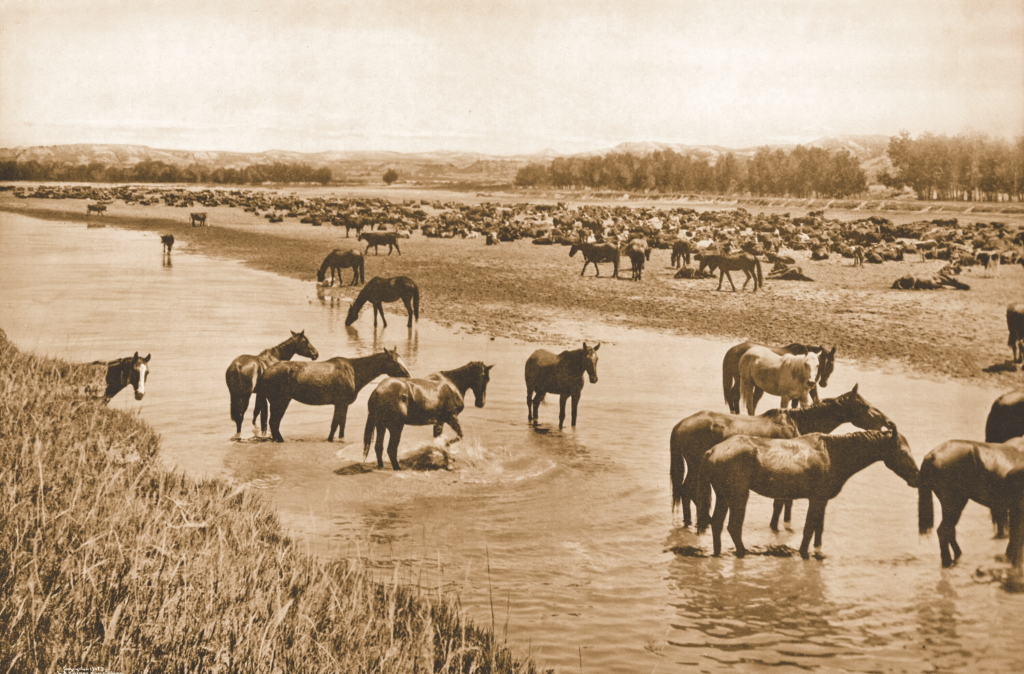
Miles City, Montana, 1904
L.A. Huffman,
Courtesy The Getty Online Collection
Crossroads of Rivers
North for 80 miles on MT 287 is Three Forks, named for the confluence of the three rivers which flow together here to form the Missouri River. All part of the fly fisherman’s paradise in this part of Montana, the Jefferson, Madison and Gallatin were named by Lewis and Clark for the president and the secretaries of state and treasury. Visit the Missouri Headwaters State Park to see where this happens, and spend the night at the historic 1910 Sacajawea Hotel at 5 North Main Street.
Eastward for 30 miles on I-90, we reach Bozeman, home of Montana State University. The city shares a namesake, frontiersman John Bozeman, with the Bozeman Trail, once the main thoroughfare (until 1868) between Fort Laramie and Virginia City. My recommended steakhouse, whether you’re hungry for Montana beef or Montana bison, is the Open Range at 241 East Main Street.
Billings, the largest city in Montana for over half a century, overlooks the Yellowstone River, on which steamboats were arriving here all the way from the Gulf of Mexico 150 years ago. Contemplating early Montana history, I used to dine at the steakhouse in the Rex Hotel, an Old West spot often frequented by the likes of Will James and Buffalo Bill. It closed in 2017 after 107 years, but two years later it was reinvented on the same site as the Buffalo Block Steakhouse. Check it out at 2401 Montana Avenue, or go next door to 2403, where the Rainbow Bar, an old-time watering hole, has been in the same family since 1935.
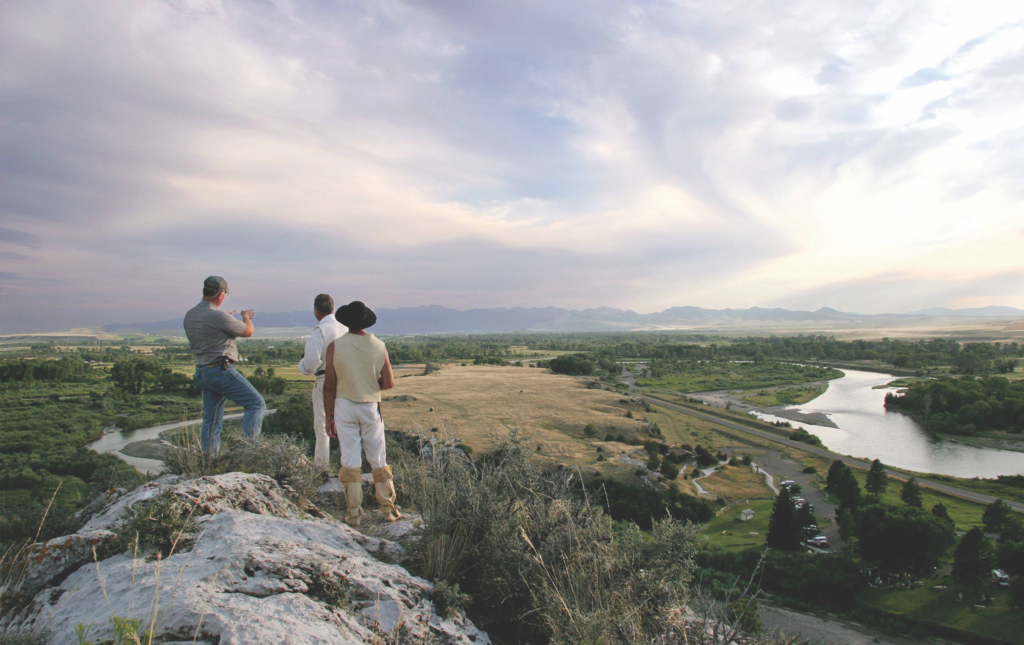
Lewis and Clark National Historic Trail
Three Forks, Montana
Courtesy NPS.gov
Little Bighorn Country
Southeasterly on I-90 from Billings for 63 miles brings us to the most famous battlefield in the U.S. west of the Mississippi and north of the Alamo. On June 25, 1876, Lt. Col. George Armstrong Custer and about 600 men, mainly of the U.S. 7th Cavalry Regiment, attacked an encampment of approximately 7,000 Lakotas and Cheyennes here, suffering a staggering defeat. Custer and all of the 210 men under his direct command were among around 260 of the attackers who lost their lives. The defenders lost perhaps four dozen. The area is now preserved as the Little Bighorn Battlefield National Monument.
A self-guided driving tour of about six miles is highly recommenced.
Also recommended is a stop at Custer Battlefield Trading Post & Café at 347 U.S. 212, adjacent to the National Monument entrance. Proprietor Putt Thompson offers hearty dining and a store with an old-time trading post atmosphere, selling souvenirs of all price points up to high-end American Indian fine arts, textiles and antiques.
As this is the heart of the 3,600-square-mile Crow Indian Reservation, one may wish to time a visit for the third week of August in order to take in the festivities of the annual Crow Fair, the largest American Indian gathering on the northern Plains.
Driving eastward from Billings on I-94 for 30 miles, we spy a 150-foot limestone outcropping near the southern bank of the Yellowstone River, which William Clark observed and named “Pompey’s Pillar” after his nickname for the 18-month-old son of Sacajawea. Clark did more than name the pillar, he climbed it and carved his name and the date, July 25, 1806. This, the only known graffiti left by the Lewis and Clark Expedition, is the centerpiece of Pompeys Pillar National Monument. A walking trail takes visitors to view Clark’s handiwork.
Eastward on I-94, following the Yellowstone for 113 miles, we reach Miles City. A longtime cowtown now calling itself the “Cow Capital of the World,” the city grew out of an Army post established by Gen. Nelson Miles in 1876. A major center of the cattle industry since the 1880s, Miles City hosts the annual Eastern Montana Fair and Rodeo in August, and the world-famous Miles City Bucking Horse Sale each May.

Gallatin Gateway, Montana
Helena
It was fun to grow up in a state where the main street in the state capital was named “Last Chance Gulch.” Helena, like Montana’s earlier territorial capitals, grew out of a gold rush settlement. Two became ghost towns, while Helena became the state capital in 1889. Gold was discovered in 1864 in Last Chance Gulch, where the road was named “Main Street” as Helena grew into a city. It was not until 1953 that the city fathers, in a moment of boosterism, retro-renamed it “Last Chance Gulch.” So it remains.
Still the heart of Helena, the “Gulch” is an inviting place to stroll amid historic buildings, and a segment is pedestrian-only. I always stop in at Aunt Bonnie’s Books at 419 North Last Chance Gulch. When in the mood to kick back, I cross the street to number 406 to join fun-loving locals at the Gold Bar and Western Bar (“two bars in one”) for dining, libation, pool tables and a hint of what a good bar experience might have been like in 1907 when the place was founded.
Also visit the Montana Historical Society at 225 North Roberts Street. Their museum is a wonderland of historical, archaeological and ethnological artifacts, as well as fine art. They have one of the best collections of C.M. Russell artwork anywhere. On the hill across the street is the majestic Montana State Capitol Building, completed in 1902. The guided tour includes a look at Russell’s masterpiece, Lewis and Clark Meeting the Flathead Indians at Ross’ Hole (1912). Measuring 25 feet wide, it dominates the House of Representatives’ chamber.
Good Eats & Sleeps
Eats: Open Range Steakhouse, Bozeman; Buffalo Block Steakhouse, Billings; Custer Battlefield Trading Post & Café, Crow Agency; Sportsman’s Restaurant, Ennis; The Den Steakhouse and Bar, Dillon; Lolo Peak Brewery & Grill, Lolo; Gold Bar and Western Bar, Helena; Timber Bar & Grill, Big Timber; Bale of Hay Saloon, Virginia City
Sleeps: Sacajawea Hotel, Three Forks; Thomas Francis Meagher Residence (through airbnb), Virginia City; Sportsman’s Lodge, Ennis; Backcountry Angler, Dillon; Tongue River Winery and B & B, Miles City; C’mon Inn Hotel & Suites, Bozeman; Barrister Bed and Breakfast, Helena; Nevada City Hotel & Cabins, Virginia City; Murray Hotel, Livingston; Northern Hotel, Billings; Lure Me Inn Cabin and Hotel, Ennis
Dude Ranches: Circle Bar Guest Ranch, Utica; Yellowstone Pop-Up Ranch, O.T.O., Gallatin; Covered Wagon Ranch, Gallatin Gateway; Parade Rest Ranch, West Yellowstone; Elkhorn Ranch, Gallatin Gateway; 320 Guest Ranch, Gallatin Gateway; Hidden Hollow Hideaway Cattle & Guest Ranch, Townsend; Hubbard’s Six Quarter Circle Ranch, Emigrant; Lone Mountain Ranch, Big Sky; Sky Guest Ranch, Emigrant; Nine Quarter Circle Ranch, Gallatin Gateway; Sweet Grass Ranch, Big Timber

